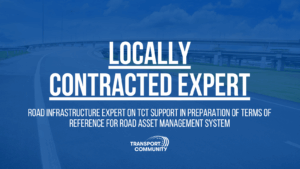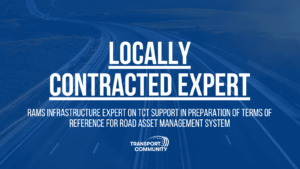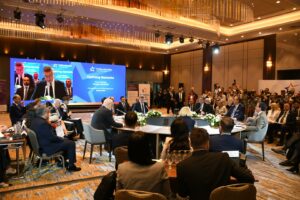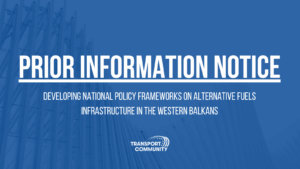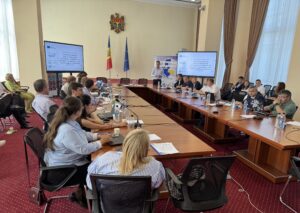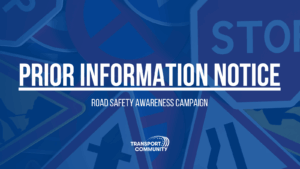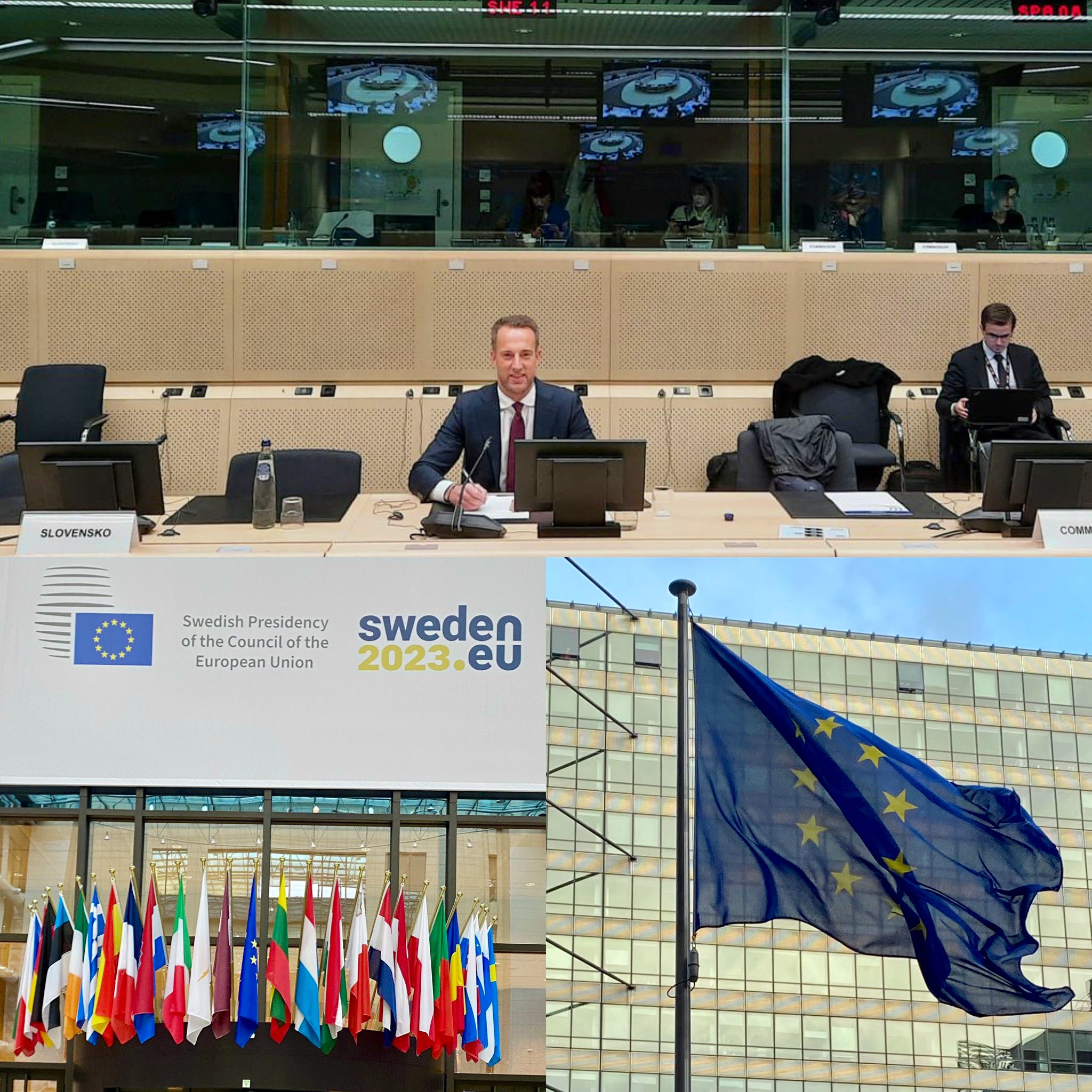
Brussels, 27 January – Hosted by the Swedish Presidency of the European Council, Director Zakonjšek presented the numerous activities that the Transport Community finalised in 2022, as well as outlined the priorities for this year to the EU Member States’ representatives in the European Council.
In his remarks, Director higlighted the developments on the infrastructure side, which resulted in the improvement of projects and TEN-T compliance:
- For the first time, a high-speed rail connects the region on Corridor X between Belgrade and Novi Sad. The line from there to Budapest should be completed by 2025. This is a change of paradigm that you can, for the first time in history, travel faster by train than on the highway.
- Montenegro completed its first section of the highway between Podgorica towards the border with Serbia.
- Corridor V5 linking Croatia and Bosnia and Herzegovina is one bridge a few kilometres nearer to completion.
- Works on rail corridor 8, linking Italy, Albania, North Macedonia, and Bulgaria, have started.
- The Peace Highway, linking Serbia and Kosovo, is progressing.
Most of the projects mentioned above would only be possible with the European Union funds and technical support mentioned in the TCT annual report endorsed at the Ministerial Council in Brussels last November.
When it comes to cross-border transport, substantial progress has been achieved towards the goal of reducing waiting (queuing) times at borders for trucks with TCT/CEFTA Green Lanes being extended to borders between Greece and North Macedonia, Italy with Albania and Montenegro and Croatia with Bosnia and Herzegovina and Montenegro. We hope that in 2023 we can complete this with the engagement of Hungary, Bulgaria, and Romania on the border with Serbia.
At the same time, insufficient progress was noted in policy reforms – in other words, alignment with the EU legislation. Due to the political situation in some regional partners, elections or political instability, there was little progress on crucial reforms:
- On average, 16 per cent of the EU acquis in the field of transport was fully transposed for all six regional partners.
- In rail, that is 10 per cent on average
- Waterborne transport (IWW and Maritime) 15 per cent
- And in road and road safety, 22 per cent on average
2022 ended on a high note with the news of a general approach reached in the Council on the TEN-T revision. With that, we came one step closer towards the Western Balkans – Eastern Mediterranean Corridor, connecting 8 EU Member States and the entire Western Balkans into one unified region.
Furthermore, at the Ministerial Council in Brussels, the Transport Community welcomed three new observing participants: Ukraine, Georgia, and the Republic of Moldova. The joint statement endorsed during the November Ministerial Council marks a watershed moment. It is a very important development for the Transport Community and an excellent basis for further cooperation in transport.
Within cross-border connectivity, 2023 will be focused on enhancing passengers’ connections between regional partners and neighbouring EU Member States, making freight transport more efficient with e-freight documents and interoperability of tolling systems, and moving beyond Green Lanes and promoting the concept of integrated border crossings as the best way of reducing waiting times and increase the capacity of border crossings.

